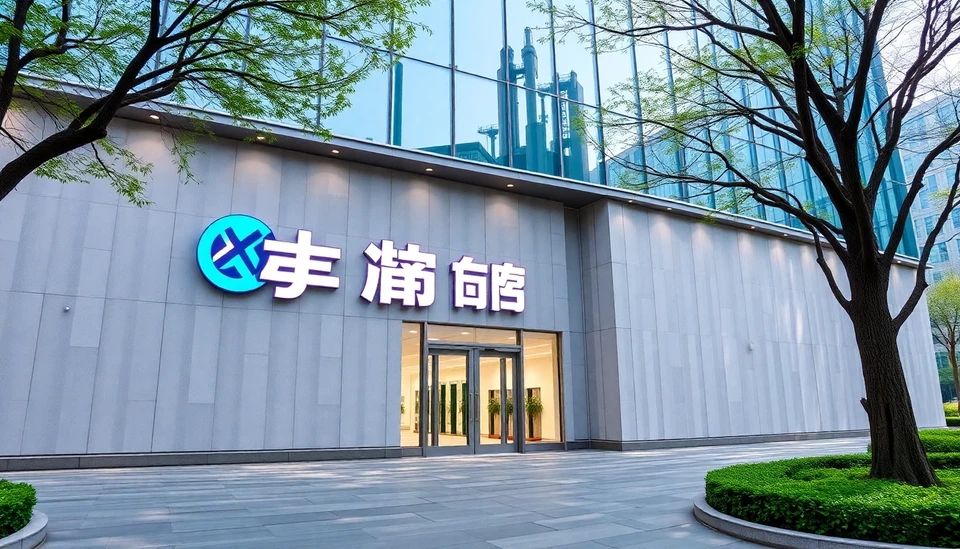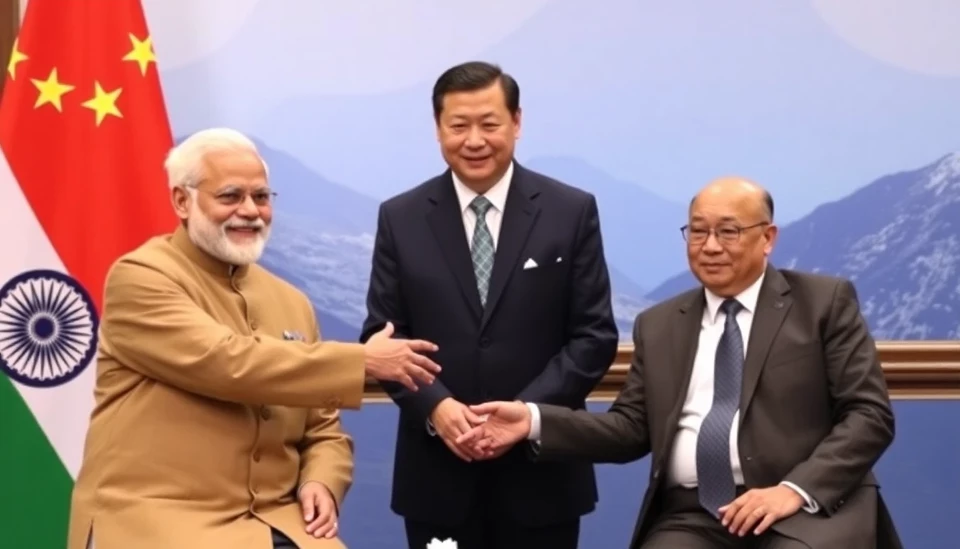
In a significant policy push, China has laid out a detailed roadmap aimed at revitalizing its economy and addressing the prolonged slump in its housing sector. This initiative comes at a critical time, as the nation grapples with slowing economic growth and mounting pressures in the real estate market. The Chinese government has recognized that a robust housing market is essential for overall economic stability and has therefore ramped up its measures to restore confidence among consumers and investors alike.
The plans were articulated during the recent 'two sessions' in which top officials gathered to discuss the way forward for the economy. Key takeaways from the announcement highlight the comprehensive nature of the strategy, which emphasizes increasing access to affordable housing, enhancing financial support for developers, and stimulating demand among homebuyers. The Chinese leadership is fully aware that without correcting the housing slump, achieving sustainable economic recovery would be challenging.
One of the central elements of the economic revival strategy includes measures to improve liquidity in the housing market. Authorities intend to facilitate credit access for developers and homebuyers through various financial instruments aimed at injecting capital into the sector. This is vital, as a lack of funds has been a significant barrier for many construction firms struggling to complete projects and, in turn, impacting housing supply.
Moreover, the Chinese government is committed to implementing policy adjustments that will ease restrictions on home purchases. This initiative is expected to encourage more first-time buyers to enter the market, thereby stimulating demand and fostering a sense of stability among potential homeowners. In addition, the government plans to provide tax incentives and subsidies aimed at boosting consumer confidence, which is critical for reigniting sales in a market that has seen significant downturns over recent years.
Furthermore, the resiliency of the construction sector is being bolstered through the encouragement of mixed-use developments and urban renewal projects. By investing in infrastructure and enhancing living conditions in various districts, the government hopes to not only stimulate the economy but also improve quality of life for its citizens. These projects are envisioned to act as a catalyst for broader economic growth, creating jobs and invigorating local economies.
Despite these optimistic projections, experts have expressed caution regarding the challenges ahead. While governmental measures can help in the short term, the sustainability of this economic recovery will depend largely on restoring the foundational factors that led to the housing market’s downturn in the first place. Issues such as overleveraging among developers, declining consumer confidence, and a general slowdown in household incomes persist and may hinder the long-term success of these measures.
In summary, as China gears up to tackle the economic challenges and restore vibrancy to its housing sector, the proposed policies signify a proactive approach to reversing the unfavorable trends witnessed in the past few years. If executed effectively, these strategies could herald a new chapter of growth and recovery for the Chinese economy.
#China #Economy #HousingMarket #EconomicRecovery #RealEstate #GovernmentPolicy #Construction #UrbanDevelopment
Author: Daniel Foster




